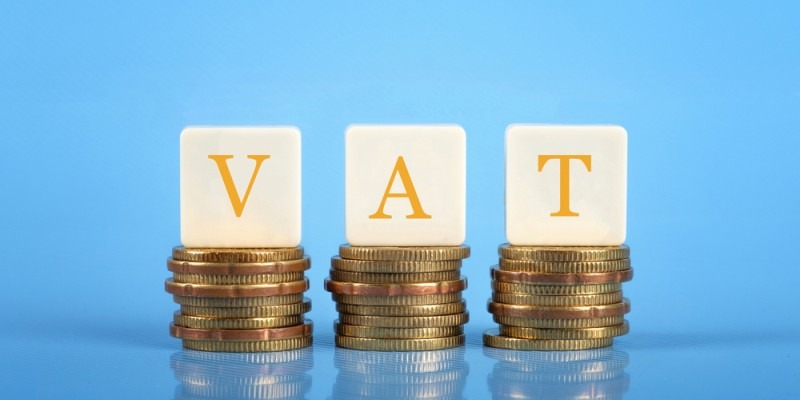
Many companies will have experience of completing VAT returns as they sell goods and services in the UK. But did you know VAT applies too when trading in Europe and the rest of the world?
In fact, VAT was not invented in the UK but in France and was introduced to Britain only when we entered the European Economic Community in 1973. Today all European Union members must levy VAT on sold goods and services of at least 15 percent, but member states are left to set their own rates which vary from 17 percent in Luxembourg to 27 percent in Hungary.
Today, a total of 140 countries around the world collect VAT on goods and services, largely because it has a number of benefits:
- It’s cheap and easy for governments to collect
- It’s an indirect tax paid by consumers but collected by businesses so it’s less controversial when raising the rates than making changes to income tax
- It’s regressive, which means the flat rate hits all consumers equally whether they are wealthy or less wealthy. But exempting items like food and children’s clothes and reducing the rate of the tax on fuel for heating can reduce the impact on poorer families
VAT is so effective that in Britain it is the third main area of funding for the government after income tax and National Insurance. In the year 2015-16, VAT raised £115.1 billion, which was 6.1 percent of GDP.
VAT in Britain
In Britain, VAT is set at 20 percent on all goods and services. However, there are reductions such as the reduction to 5 percent for household heating and other products such as nicotine patches and gum. Some products are exempt from VAT entirely, including food and children’s clothing.
VAT on exports
Goods sold to countries within the EU are referred to by the HMRC as removals or dispatches. Goods and services sold to countries outside the EU are called exports.
Selling to a VAT registered company within the EU
Goods are zero-rated for VAT if you are selling goods or services to someone who is VAT-registered and based in an EU country. If there is any VAT to pay in the destination country, they will pay it.
You will need to keep complete records of the transaction for six years in case you are challenged by HMRC. You will also need to:
- display the buyer’s VAT-registration number (including the two-letter country code) on your sales invoice
- show prices on the invoice in the foreign currency and sterling
- collect paperwork providing evidence of removal from the UK to the EU within three months of the sale
- keep evidence of the customer order, invoices from courier companies, list of what was packed, correspondence with the buyer and bank statements
- show your business name, the buyer’s name and address, details of the items sold, value of the goods and means of shipment on the documentation
- inform HMRC of your foreign sales on your VAT return and complete an EC Sales List (ESL), which will be sent to you by HMRC
- fill out the Intrastat Supplementary Declaration if you sell more than £260,000 of goods to EU countries in a year
Selling to someone without VAT registration in an EU country
This is referred to as ‘distance selling’ and VAT must be charged at the same rate and in the same way as UK sales
- Prices must be in the foreign currency and sterling on the invoice
- You may need to register for VAT in an EU country if you exceed that country’s sales threshold or are selling certain goods
- Remember to inform HMRC about your EU sales
Selling outside the EU
Goods sold outside the EU are zero-rated for VAT. However, there are still rules surrounding the export of goods to the rest of the world.
- Keep documents to prove the sale happened
- Keep shipping or courier documentation to prove the goods were actually shipped
- If the goods pass through the EU, documents must prove they left the EU
- Inform HMRC about your exports in you VAT return
Tax rules can seem complicated and daunting, especially when you are setting out to explore new markets abroad. However, VAT is one of the more straightforward taxes and further help is available online on the HMRC website.
If you want to find out more, why not talk to one of our export advisers by calling 01275 774 456.
- Log in to post comments